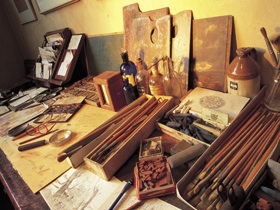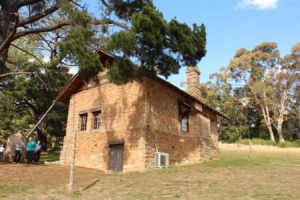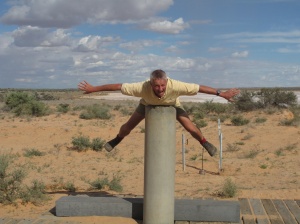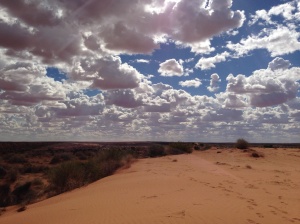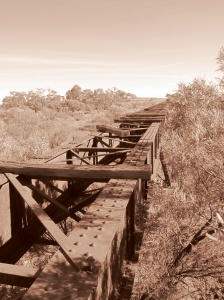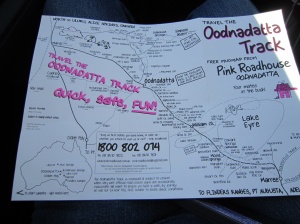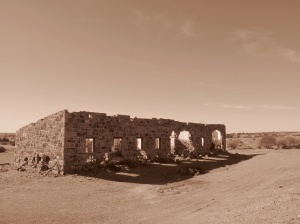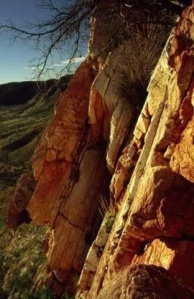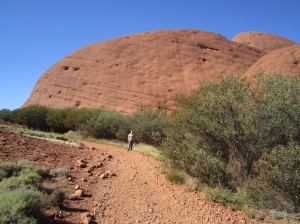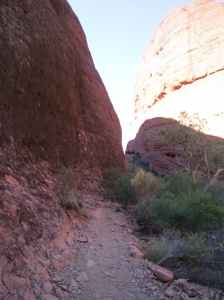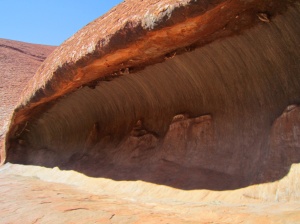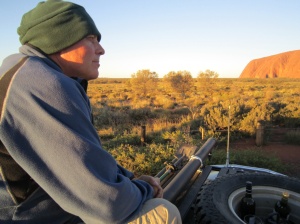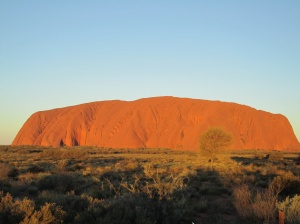The artist’s studio. A place to be creative.
A house plan these days will often include two or three bathrooms, a home movie theatre and a double garage, but very rarely does it consider the need for a special place for creativity.
I’ve been thinking about this since I visited Hans Heysen’s studio in Hahndorf in South Australia. Hans Heysen was an acclaimed artist, a German who settled in Australia. His stone-built studio is located high up on his sloping property, positioned perfectly to take in the view of the eucalypts and cedars in his garden. Clear daylight streams into the building through enormous windows that fill its south-facing wall.
The studio stands apart from the house where Heysen lived. Apart both by location and appearance. A national treasure, it is said to be the oldest artist’s studio in Australia.
So much love, time and money was spent on this building. The artist commissioned a local Hahndorf firm to build it, using raw materials from the area. He worked closely with a team of architects to perfect the design. The resulting studio is faintly reminiscent of an alpine lodge, but in sturdy local stone. It is a man’s building, solid and strong.
Inside, you can see it is more than Heysen’s workshop, more than somewhere to keep his tools of trade, his paints, charcoal sticks and brushes. The essence of the man is here. The house, it could have belonged to anyone.
Heysen loved nature. He loved painting the day to day agricultural activities in and around Hahndorf and was deeply inspired by the stark, majestic beauty of the nearby Flinders Ranges. He toured the area to find his subjects, deftly capturing light and shadows with his charcoals, drawing from life, outside in the open air.
Returning to his studio, he painted from the black and white preliminary drawings, reproducing by memory the fall of the light, the tints and hues of the natural world. His oil paintings document his time and his place, giving us a secret window into South Australian life in the early twentieth century.
Perhaps that is how creativity works. We live, we love, we travel. We see for ourselves the beauty and the dark horror of the world, then we return home to our special place, our studio, to interpret these experiences in our own unique way. In the process of creating something from our experiences and our emotions, we understand ourselves better and communicate more deeply with the people around us.
We can’t all build a self-standing studio, like Hans Heysen. We can’t all afford that luxury. But, a desk, a shed, a special corner of a room? That’s possible.
You might say you are not creative, not an artist. Think again. You might not use a paint brush, but your unique work may be produced with a welder, a camera, a garden trowel, a drum machine or a laptop computer. Creativity takes many forms.
How different would our world be if every house included a special place set aside solely for us to be creative? How different would our lives be if we valued art and creativity that much?
Build yourself a studio. Who knows where it might lead.

